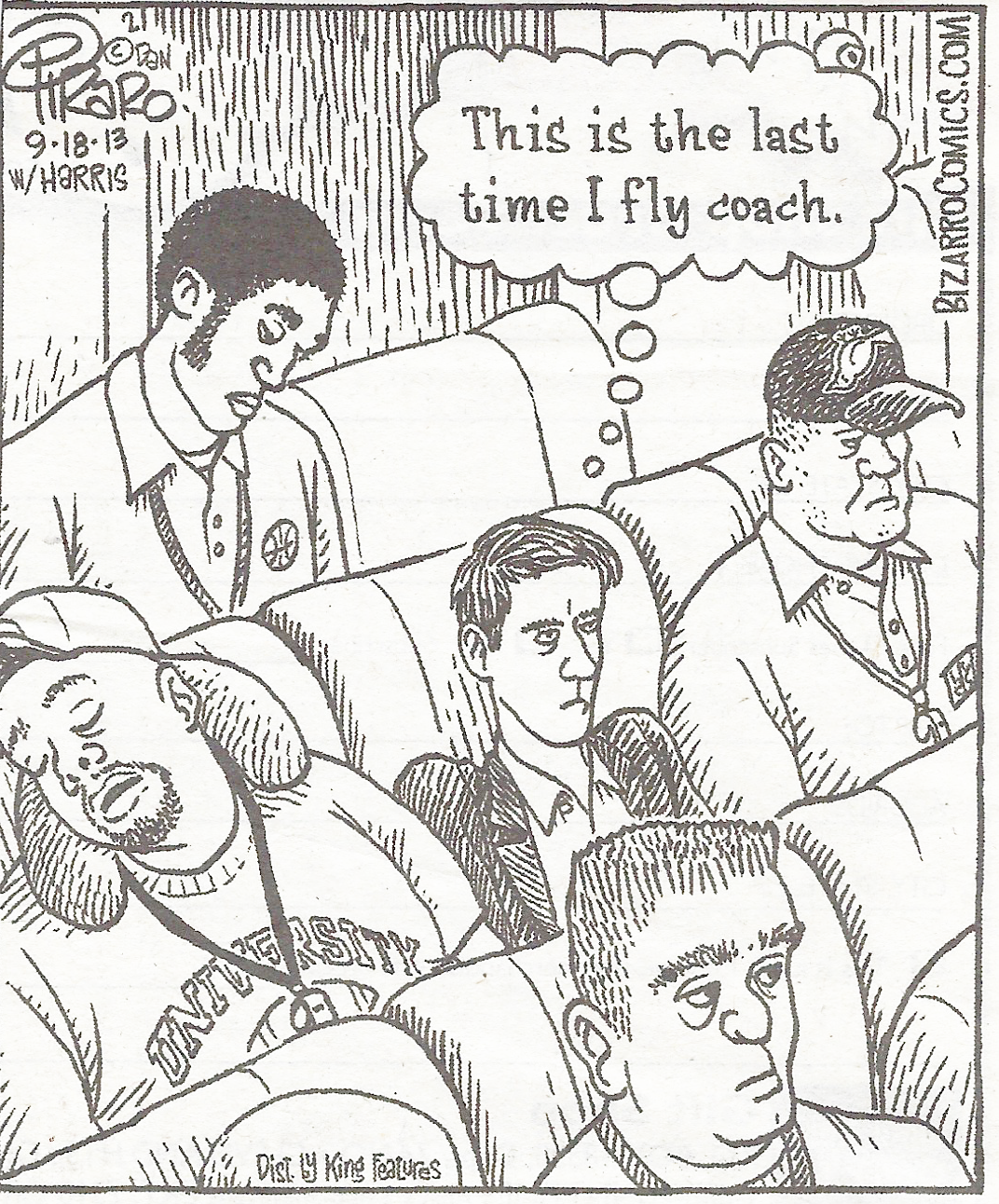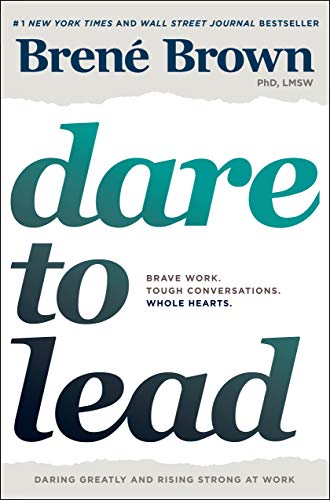LEARN A LITTLE:

People Leak and People Stray
If this is the first time you have come across the behavioral principle that people leak and people stray, be assured it is not about bladder control, absorbent undergarments or backyard fences. I first discussed this concept in Outcome Management and have been thinking about its implications ever since. My goal is to share the insight as a source of encouragement to others.
The truth is that we all leak and stray. None of us is full of proper, correct or desired behavior all the time, nor are we always on the right path or selected course of action. It is for this reason that we should be wary of people who are described as being “full of it.”
Since all organizations, whether large or small, public or private, for-profit or nonprofit, are collections of people, it is also a fact that organizations leak and stray. No organization stays the same. It is either getting better or worse. Perfection is never achieved though getting better is always the goal.
When we leak
Leaks in this context are not purposeful, nor are they sudden. In fact, most people are unaware of the fact that they are leaking. There are no wet spots or stains to indicate a problem.
Generally speaking, leaking is a slow seeping away of valuable content—values, beliefs, engagement and/or passion. It includes qualities such as honesty, being values-based, customer- or client-focused, among many others. Think in terms of an automobile tire slowly losing air over a lengthy period of time. The driver travels many miles before he or she is finally aware that the car can no longer continue the journey.
Blowouts are a much different matter. In organizations, it can be an erosion of corporate values. For example, servant leadership may be high on the list of desirable behaviors. There’s always enthusiasm at the beginning of a parade, but later when things get tough, turnover occurs or there’s a reduction in resources, things begin to change. People aren’t talking about servant leadership anymore or as much. It’s still mentioned in onboarding activities, but the stories are no longer told. Not because people have turned their back on the value, but rather have allowed their environment to dictate their behavior.
When we stray
Straying is primarily a function of practices—the things we do, the actions we take, whether as individuals or organizations. It occurs when we move away from our intended or selected course. Once again, people are generally unaware of it. No one has said, “Hey, let’s take that path over there instead of this one.”
Straying emerges in two forms—wandering aimlessly, which could result in just going around in circles, or actually stumbling on a wrong path and eventually heading in the opposite direction from the one intended. In either instance, people or the organization are not in the right place. They are on the wrong course.
There are numerous examples of organizational straying–from little things, such as answering the phone in three or four rings, starting meetings on time, and maintaining high safety standards to more complex behavioral interactions.
What happens is that once highly held expectations falter and begin to be replaced by less desirable alternatives. In human service organizations, professional staff begin to spend more time in their offices rather than being in treatment or residential sites. Team meetings held in the service of an individual fade away and are no longer robustly attended by participants, if held at all.
The organization’s primary purpose for existing—perhaps helping people live their best possible life—is supplanted by rule or regulation compliance. Other organizations become driven by growth addiction: “We’ve got to get bigger.” As a result, services begin to quietly decline as a priority.
What to do
It may seem overly obvious, but the very first thing we need to do is be aware of this phenomenon. We must remember that we all leak and stray and so do organizations. I will grant the fact that some people do in fact leak or stray further than others.
As a result, it is necessary to have variance detection systems in place. Ccreating a culture committed to ongoing improvement is a must. Quality must be spoken about and modeled, especially by leadership staff.
At this point, C.S. Lewis’ observation comes to mind, “People need to be reminded more than they need to be instructed.” Ongoing, formal, and informal training has to occur both centrally and in individual departments in large organizations.
As mentioned, leadership staff—from frontline supervisors to the CEO—must be observant and vigilant with respect to off course leaking and straying. Paying attention to the language of the organization and how things are described or explained is also vital.
Values and practices are clearly strengthened when employees know why the organization’s standards are important. The ideal situation occurs when employees themselves recognize their straying or leaking and can fill themselves back up and manage their deviations from the course.
On occasion, it may be necessary to bring employees together within a positive environment, share stories, experiences and observations, and allow the participants to recommit to the importance of the organizational mission.
LAUGH A LITTLE:

REFLECT A LITTLE:

Proverbs 9:8
So don’t bother correcing mockers,
they will only hate you.
But correct the wise and
they will love you.
READ A LITTLE:

Dare to Lead
Brené Brown (Penguin Random House, 2018)
This month’s book recommendation, Dare to Lead, is a clear, easy-to-read exploration of leadership for those interested in developing their self-leadership skills as well as strengthening heir leadership of others. Brown’s definition of leadership is key to understanding the full message and insights of the book:
“Leader: anyone who takes responsibility for finding the potential of people and processes, and who has the courage to develop that potential.”
Daring leadership consists of four fundamental skills:
- Rumbling with vulnerability
- Living into our values
- Braving trust, and
- Learning to rise.
Each of these elements are founded on the research Brown is carrying out at the University of Houston. In addition, they comprise the four dimensions of the book. What follows are some insights the author offers that are especially astute. Hopefully, they will encourage you to read the book.
- “Leaders must either invest a responsible amount of time attending to fears and feelings, or squander an unreasonable amount of time trying to manage ineffective and unproductive behavior.”
Much valuable discussion is offered with respect to our human tendency to protect ourselves from discomfort, whether it be feelings of weakness or shame. This takes the form of psychological armor and prevents the practice of daring. The book includes a helpful, full two-page comparison of armored leadership and daring leadership across 16 dimensions.
- Brown addresses the details and dynamics of empathy in a very helpful way. She not only unfolds the fact that all pain can be met with empathy, but also identifies five skills we can all use in seeking to be more authentically connected to others.
“Empathy,” according to the author, “is not connecting to our experience. It’s connecting to the emotions that underpin an experience.” She also cautions against a mistake I have frequently made–trying to make the person feel better rather than simply being there for them in whatever state they find themselves.
The five empathy skills are:
- To see the world as others see it or perspective taking
- To be nonjudgmental
- To understand another person’s feelings
- To communicate your understanding of that person’s feelings
- Mindfulness
- In yet another important area of leadership excellence, living into our values, Brown shares a common experience many of us have had when we ask a person to share or identify their values. The response may be, “Which list do you want me to respond to? My personal values or my job values?” Brown states, on the other hand, “We have only one set of values. We don’t shift our values based on context. We are called to live in a way that is aligned with what we hold most important, regardless of the setting or situation.”
It’s been my long-held belief that great men and women become great doing the things they don’t want to when they don’t want to do them. As my dad would say, “First we work, then we play.” Brown’s notion of integrity embraces that perspective. “Integrity is choosing courage over comfort. It’s choosing what’s right over what’s fun, fast or easy and it’s practicing your values not just professing them.”
Here’s a great one liner with respect to many different challenges. It comes from the wisdom of parachute jumpers. “Teach people how to land before they jump.”
It’s easy to understand why Brené Brown is such an influencer and popular teacher today. It’s no wonder her Ted Talk on vulnerability has been one of the top five most viewed TED Talks.
Until next time,
Art Dykstra
Purchase this and other recommended books at your local bookstore or through the HighTidePress.org bookstore.
All High Tide Press sales benefit persons with disabilities.
Cherry Hill Consulting Group and High Tide Press
are Visions of Trinity Foundation - 101 Hempstead Place, Joliet, IL 60433


